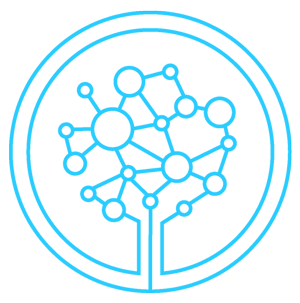
Share This Post
Web 2.0 and Web 3.0 are two different stages of the evolution of the World Wide Web. Web 2.0 refers to the era of the web that began in the early 2000s and is characterized by the emergence of social media platforms, user-generated content, and interactivity. Web 3.0, on the other hand, is the next stage of the web’s evolution and is characterized by a more intelligent, decentralized, and interconnected web.
The main difference between Web 2.0 and Web 3.0 is their focus and capabilities. Web 2.0 was primarily focused on social interaction and user-generated content, whereas Web 3.0 is focused on machine-to-machine communication and artificial intelligence. Web 2.0 was a shift from static web pages to dynamic and interactive web pages, whereas Web 3.0 is a shift from the centralized web to the decentralized web.
Web 3.0 is also characterized by the use of blockchain technology, which enables secure and transparent transactions and interactions between users and applications. This means that Web 3.0 has the potential to revolutionize various industries, such as finance, healthcare, and education, by creating more efficient and secure systems.
In summary, Web 2.0 and Web 3.0 represent two different stages of the evolution of the web, with Web 3.0 being more focused on intelligent, decentralized, and secure web interactions.
What other true facts do you like? Follow me for world class facts you didn’t know!
This post is contributed by: Jerry Lim



